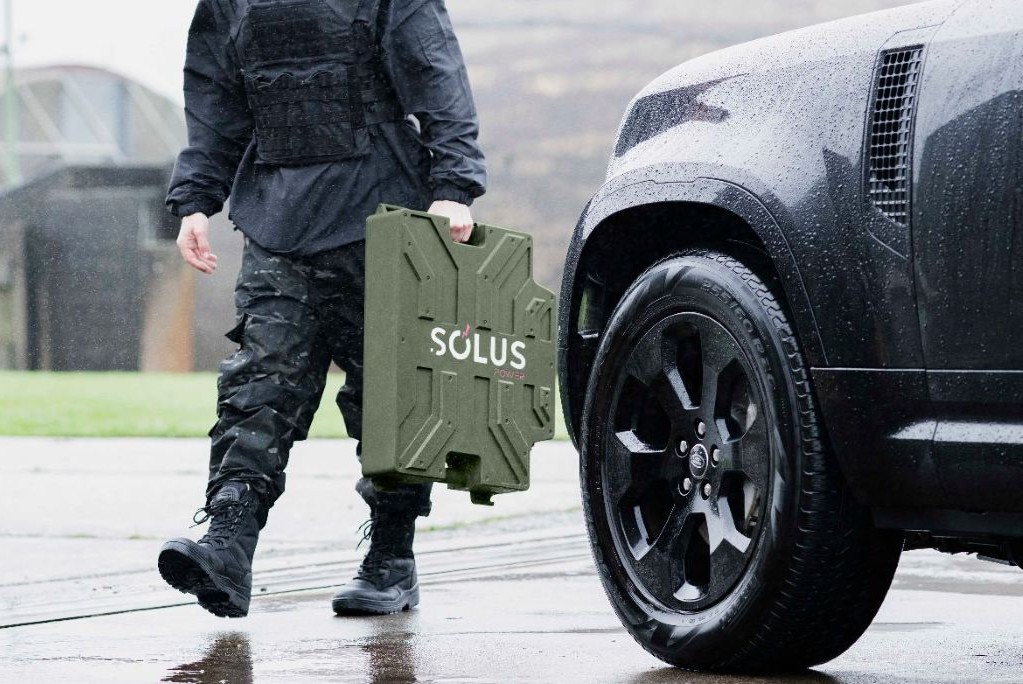Advancements in Hydrogen Fuel Cell Technology for Military Vehicles
At the Seoul International Aerospace & Defense Exhibition (ADEX) 2025, Hyundai Rotem showcased significant advancements in hydrogen fuel cell technology aimed at enhancing military vehicle capabilities. This development underscores the growing interest in sustainable energy sources within defense sectors globally.
Hydrogen-Powered Innovations
Hyundai Rotem unveiled two innovative military vehicles powered by hydrogen technology, reflecting the company’s commitment to integrating sustainable energy solutions into defense operations:
- H2 WAVe (Hydrogen Wheeled Armored Vehicle Electric)
- Black Versatile Electric Land (VEIL) Platform
H2 WAVe Overview
The H2 WAVe is engineered on the chassis of the K808, an 8×8 wheeled armored fighting vehicle utilized by the Republic of Korea Army (RoKA). This model incorporates an advanced hydrogen fuel cell system that is intricately designed to enhance performance.
Key Technical Features:
-
Hydrogen Fuel Cell System: Integrated with a thermal management subsystem, this mechanism is paired with a motor and multistage gear reducer at the front of the vehicle.
-
Hydrogen Generation: The right flank of the H2 WAVe is equipped with a solid-state hydrogen generation unit, featuring eight reactors aligned in series. This system produces 8 kg of hydrogen through a chemical reaction that involves sodium borohydride, water, and a formic acid catalyst.
-
Compressed Hydrogen Storage: Located at the rear are two composite cylinders, each with a capacity of seven liters and pressurized to 700 bar, designed to store hydrogen safely and efficiently.
-
Power Management: The hydrogen fuel cell furnishes electrical energy to a motor with a capacity of 350 kW, primarily dedicated to vehicle propulsion. A supplementary 42 kWh lithium-ion battery pack is embedded within the vehicle’s floor, facilitating power for remotely operated armaments and various mission systems.
-
Electric Drive Configuration: Hyundai Rotem also presented a model of the H2 WAVe utilizing a distributed electric drive configuration. This configuration includes one electric drive unit (EDU) at each axle, promoting enhanced maneuverability and efficiency.
Strategic Implications
The introduction of hydrogen fuel cell technology in military applications signifies a paradigm shift towards eco-friendly energy solutions while maintaining operational effectiveness. The implications for logistics, maintenance, and the overall sustainability of defense operations could be profound as military organizations grapple with environmental responsibilities and energy security.
The progress demonstrated by Hyundai Rotem at ADEX 2025 not only paves the way for future innovations in defense technology but also places critical emphasis on the potential for reducing the carbon footprint of military operations.
As the defense sector continues to explore and invest in alternative energy solutions, the strategic integration of hydrogen fuel cells into military vehicles could serve as a key component in future combat and support operations.





